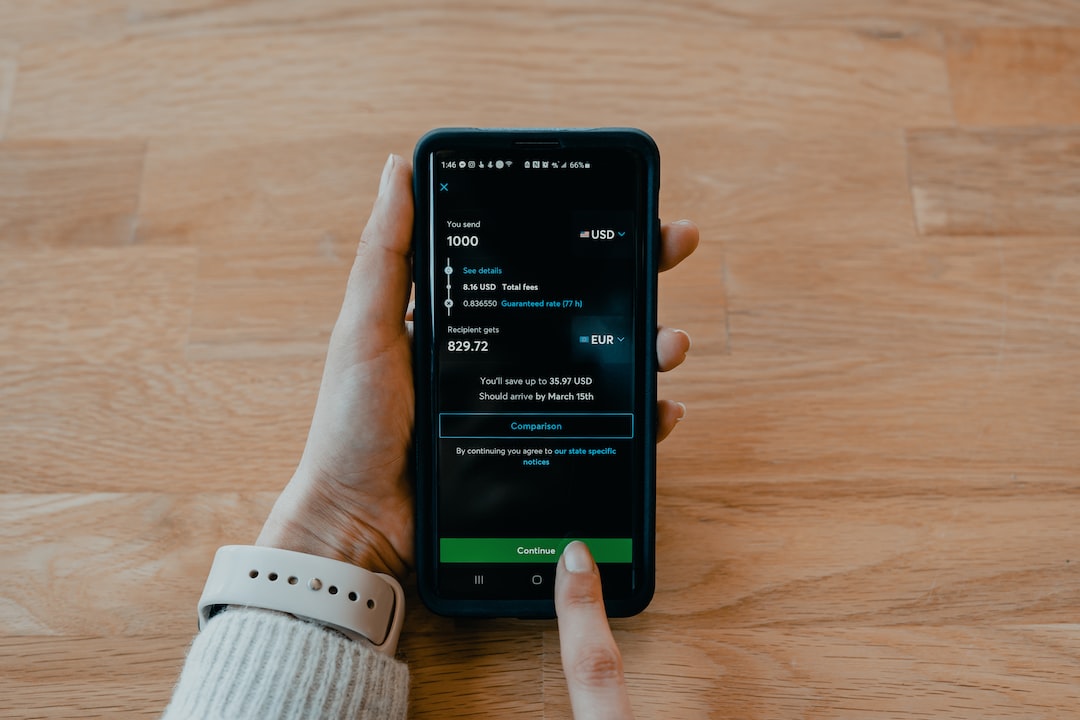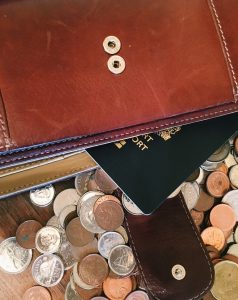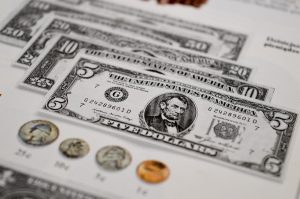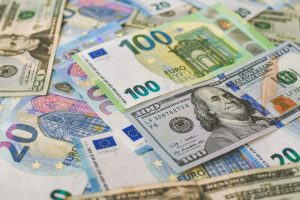Forex trading, also known as foreign exchange trading, is an investment strategy that involves buying and selling currencies. This market is the largest and most liquid in the world, with a daily trading volume of over $5 trillion. Forex trading is an attractive investment opportunity due to the potential for high returns and the ability to trade 24/7, making it accessible to investors worldwide. In this article, we will explore the basic steps involved in trading forex.
Step 1: Understand the basics
Before diving into forex trading, it is essential to have a basic understanding of how the market works. Forex trading involves the buying and selling of currency pairs, such as the EUR/USD or USD/JPY. The first currency in the pair is the base currency, and the second currency is the quote currency. The exchange rate between the two currencies reflects the value of the base currency in terms of the quote currency.
Step 2: Choose a forex broker
To start trading forex, you need to choose a reputable forex broker. A forex broker is a financial institution that provides access to the forex market and facilitates the buying and selling of currencies. It is important to choose a broker that is regulated by a reputable financial authority, such as the Financial Conduct Authority (FCA) in the UK or the Securities and Exchange Commission (SEC) in the US.
Step 3: Open a trading account
Once you have chosen a forex broker, you need to open a trading account. Most brokers offer several types of trading accounts, such as standard, mini, or micro accounts. The type of account you choose will depend on your trading experience and the amount of capital you have available. You will also need to provide some personal information and proof of identity to open a trading account.
Step 4: Fund your account
After opening a trading account, you need to fund it with capital. Most brokers offer several payment options, such as bank transfer, credit/debit card, or e-wallets. The minimum deposit required to start trading varies from broker to broker, but it is usually between $100 and $500.
Step 5: Choose a trading platform
A trading platform is a software application that allows you to access the forex market and place trades. Most brokers offer their own trading platform, which is typically available as a desktop application or a web-based platform. Some brokers also offer mobile trading apps for smartphones and tablets, allowing you to trade on the go.
Step 6: Analyze the market
To make informed trading decisions, you need to analyze the market and identify potential trading opportunities. There are two main types of analysis: fundamental analysis and technical analysis. Fundamental analysis involves analyzing economic and political events that affect the forex market, such as interest rate changes or geopolitical tensions. Technical analysis involves analyzing price charts and using technical indicators to identify trends and potential entry and exit points.
Step 7: Place a trade
Once you have identified a trading opportunity, you need to place a trade. To do this, you need to select the currency pair you want to trade, choose the amount you want to invest, and select the direction you think the price will move. If you think the price will go up, you buy the currency pair (going long), and if you think the price will go down, you sell the currency pair (going short).
Step 8: Manage your risk
Managing your risk is essential in forex trading. One way to manage your risk is to use stop-loss orders, which are orders that automatically close your trade if the price reaches a certain level. Another way to manage your risk is to use proper position sizing, which means investing a small percentage of your trading capital per trade.
In conclusion, forex trading can be a lucrative investment opportunity, but it is important to have a basic understanding of the market and to choose a reputable broker. By following these basic steps, you can start trading forex and potentially earn high returns. However, it is important to remember that forex trading involves risk, and you should never invest more than you can afford to lose.





